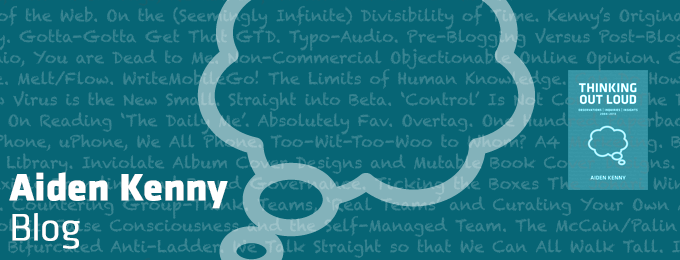The Branding Design Consultant worldview holds that, in addition to an essential coherent brand story and the necessary connection with its customers, a company also requires the complete formal apparatus of brand identity assets, brand guidance systems, and brand tone-of-voice to achieve optimal effectiveness. What intrigues me is how high potential technology startups can now short-circuit, or even dispense with, most of this apparatus and methodology — and sometimes do so on a dramatic scale.
Instagram launched as an iPhone-only service in 2010 with its potential maximum number of users constrained by the total number of worldwide iPhone owners.
It conducted its marketing in the classic technology startup approach, that is with no above-the-line advertising and apparently little or no traditional marketing and PR.
As such Instagram stands as an exemplary example of phenomenon of “the product as the brand”. The company’s primary communication with its customers is through the act of using the service. The innate viral propagation of the service replaces the role of advertising.
There was some minimal PR activity at the services’s launch — primarily informing and activating important technology bloggers who bring a large tribe of early-adopters in their wake. That base of early-adopters who try out every new service and share information about those which they find interesting thus further propagating the brand’s awareness.
Instagram never established what would be considered a formal company website. Instagram’s primary corporate web presence has been their Tumblr blog, which serves to encourage use of the service by setting photographic challenges for users and showcasing exemplary and noteworthy images. Indeed, until recently, its users have only had very limited access to their photographs within desktop browsers (2).
In practice the most in-depth corporate communications that most users receive from Instagram are the explanatory notes in the App Store whenever the app updates.
What does it indicate about the prevalent Brand Consultant Worldview when today a company of under twenty employees that has so little communication with its customers can achieve such an unprecedented valuation.
What can we learn from this?
Are there any insights that this can this suggest about optimised future approaches to marketing and branding? More importantly, what previously accepted branding dogma do we need to query, rethink and abandon?It is too easy and trite to simply state that Instagram *already has* followed some pre-existing ‘Immutable Core Principles Of Branding’. Such thinking only invites the common fallacy of the disruptee wilfully ignoring the process of disruption. It is more beneficial to analyse what has happened here and learn from it.
One if my own areas of professional expertise is writing and designing brand guidance systems that support and reinforce the outward expression of corporate brand identities. There is little evidence of need for any such detailed brand guidance apparatus for Instagram; mostly due to the minimal number of visual expressions of the brand discussed above. There is one page on the Instagram API trademark and brand guidelines written for developers of products that complement the service.
Now that aspects of Instagram’s business are being folded into the Facebook infrastructure, I imagine that guidance will be enhanced over time.
• No detailed brand guidelines in the early accelerated growth stage.
• The company is still learning both what its brand is and what it really stands for.
• Too many aspects are still in flux and moving too fast to begin to productively codify and standardise.
Therefore formal brand guidance is a mid-stage activity when the company grows beyond the core team and needs a way of consistently propagating and reinforcing the tangible realisation of its brand.
The founding team may instinctively understand and live the brand essence, mostly as internal culture. Later hires will need to learn the story, not having experienced it first-hand.
Could Instagram continue on its present upward trajectory without expanding and then formalising the visual expression of its brand identity? It looks like it might. To me that fact poses many interesting and divisive questions for the branding industry.
Postscript – 8 January 2013
As I have been drafting this post I have been listening to Seth Godin’s Startup School podcast series. He makes a pertinent point in the third episode about the fact that effective viral marketing can now, in some instances, completely replace the job-to-be-done by traditional brand identity systems and programmes. There are some further good insights in this Quora thread: How did Instagram build up its community in its early days? (28 January 2013)Footnotes
1. http://gigaom.com/2012/04/09/what-the-web-is-saying-about-facebook-buying-instagram/2. Instagram did introduce enhanced online profile pages for all users in the beginning of November 2012. Here is mine.


No comments:
Post a Comment